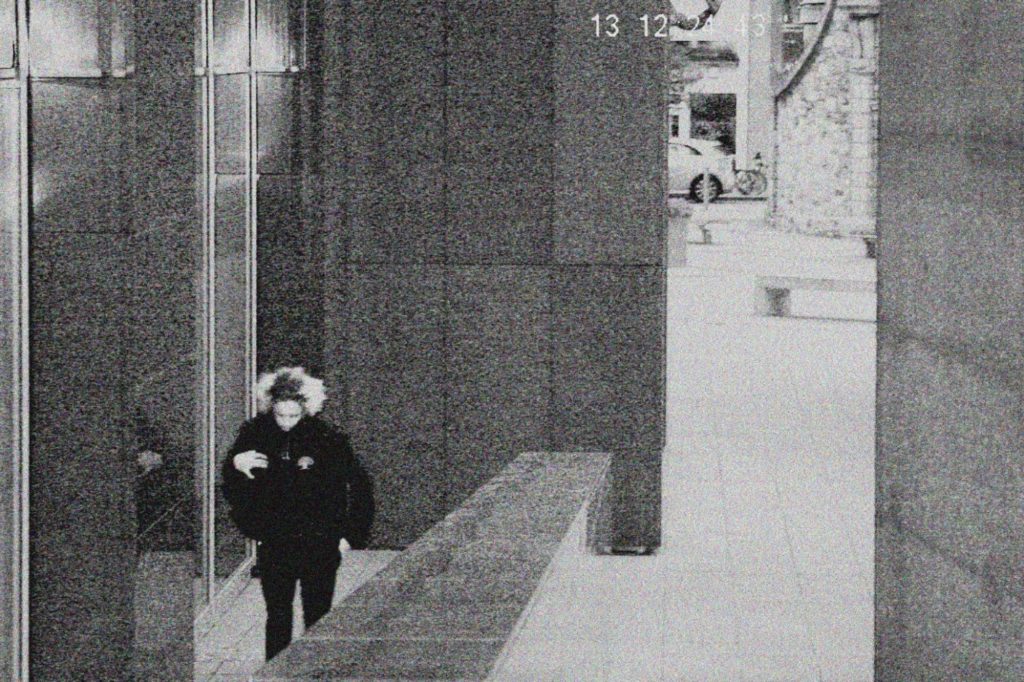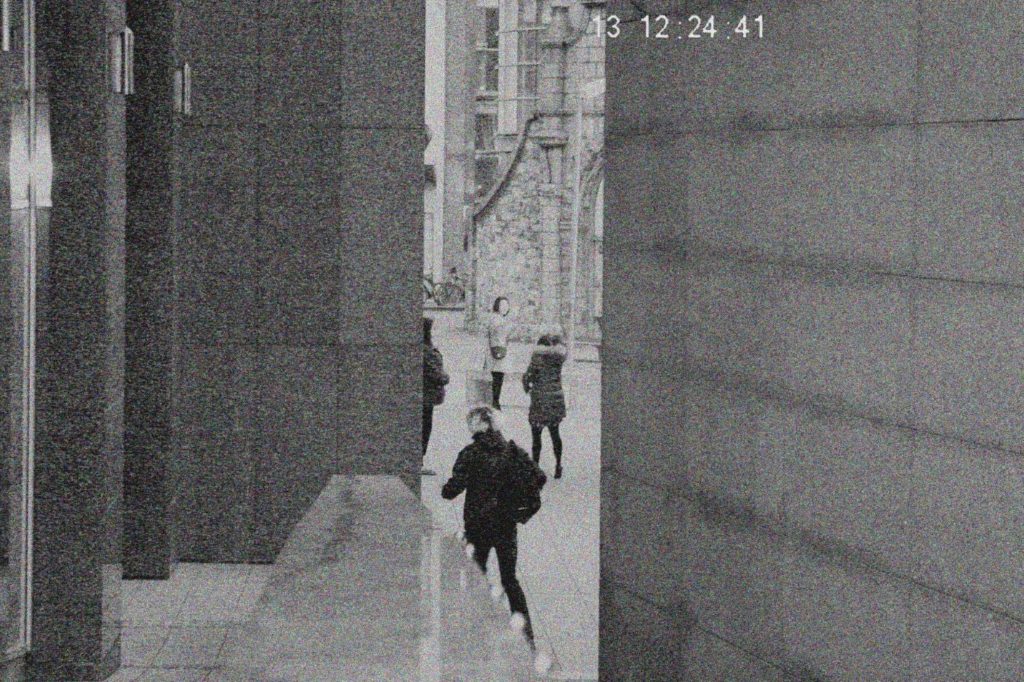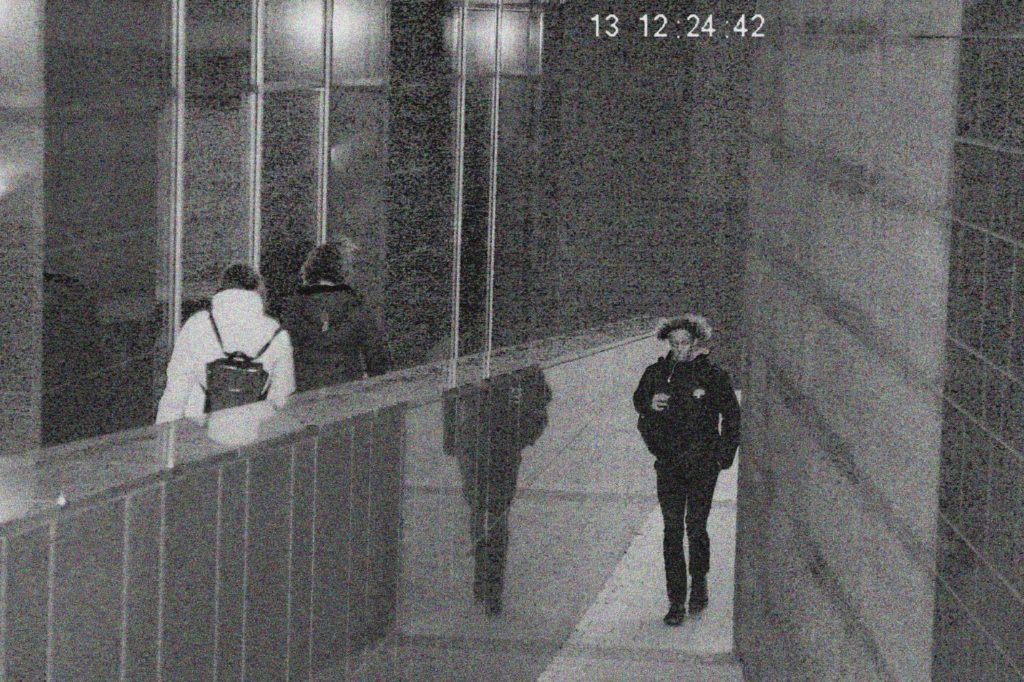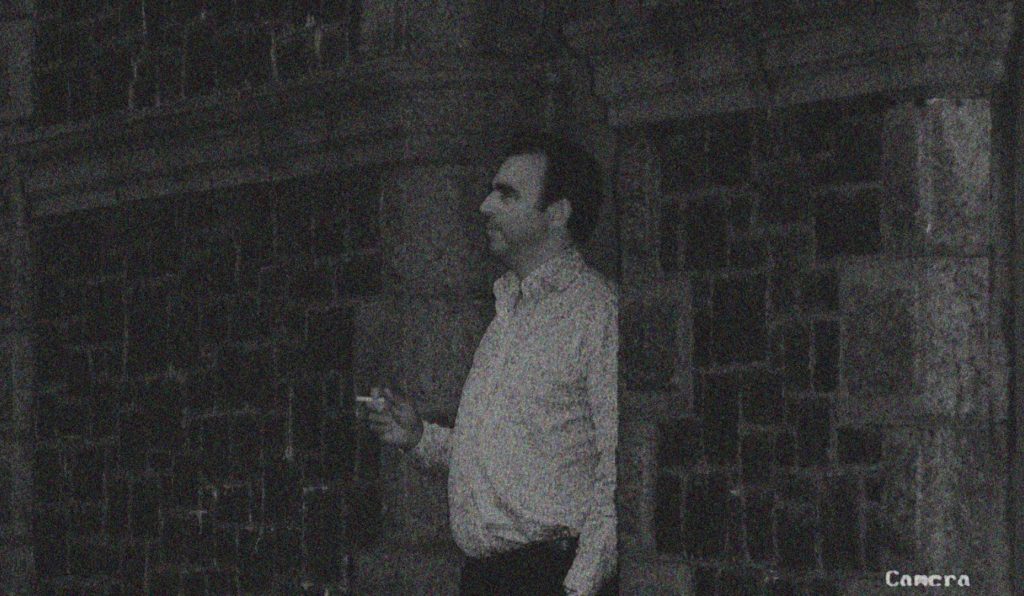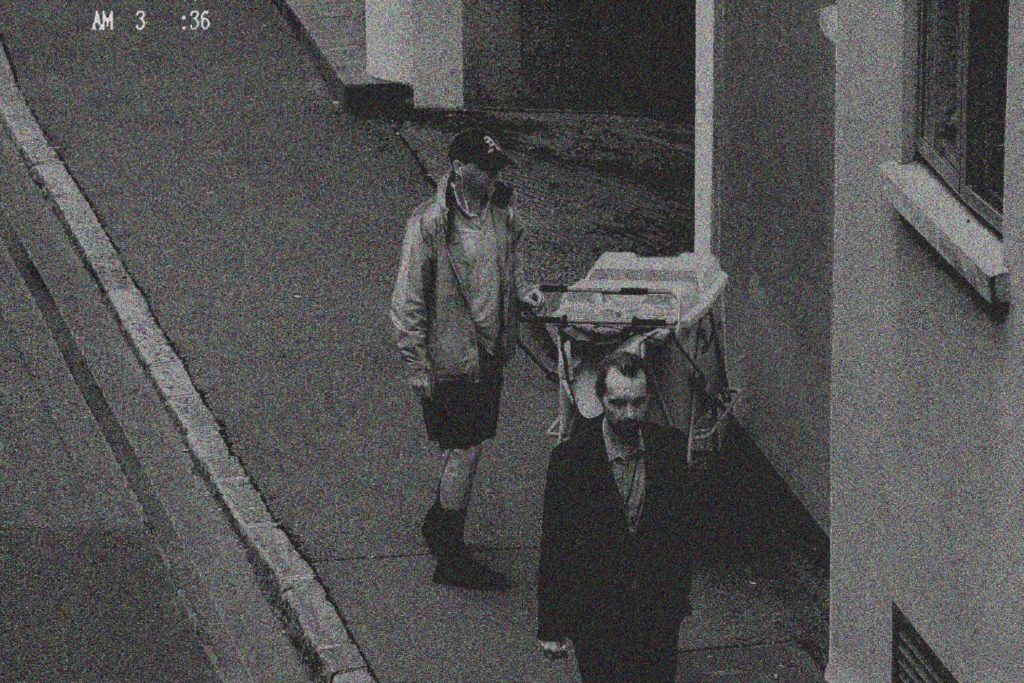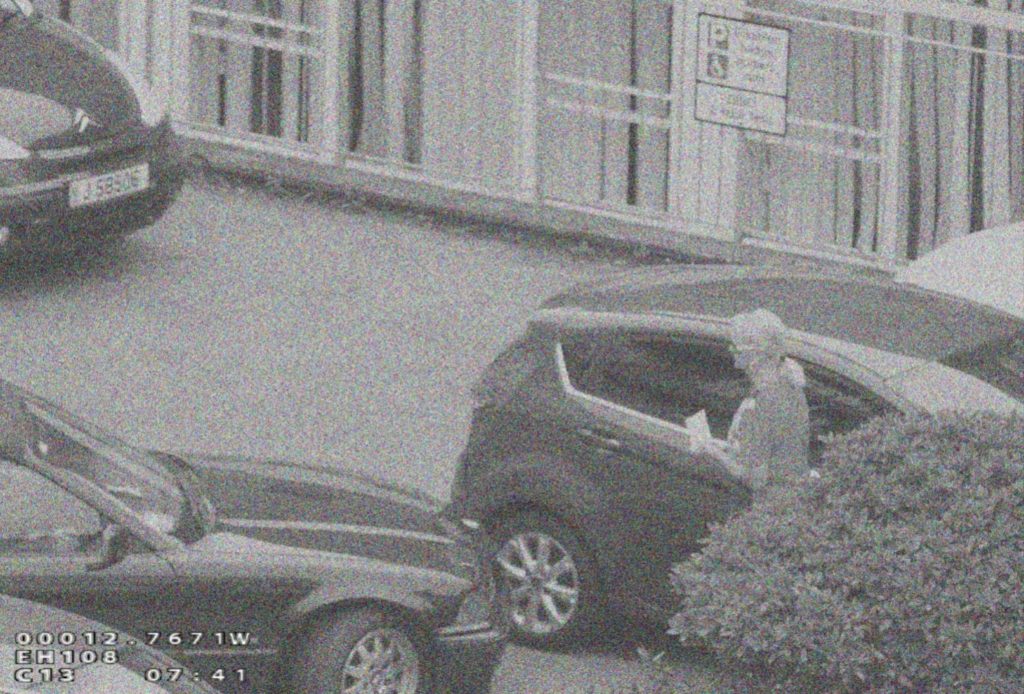RED = UNSUCCESSFUL
YELLOW = SUCCESSFUL / POSSIBLE USE
GREEN = SUCCESSFUL / USE FOR EDITING PROCESS
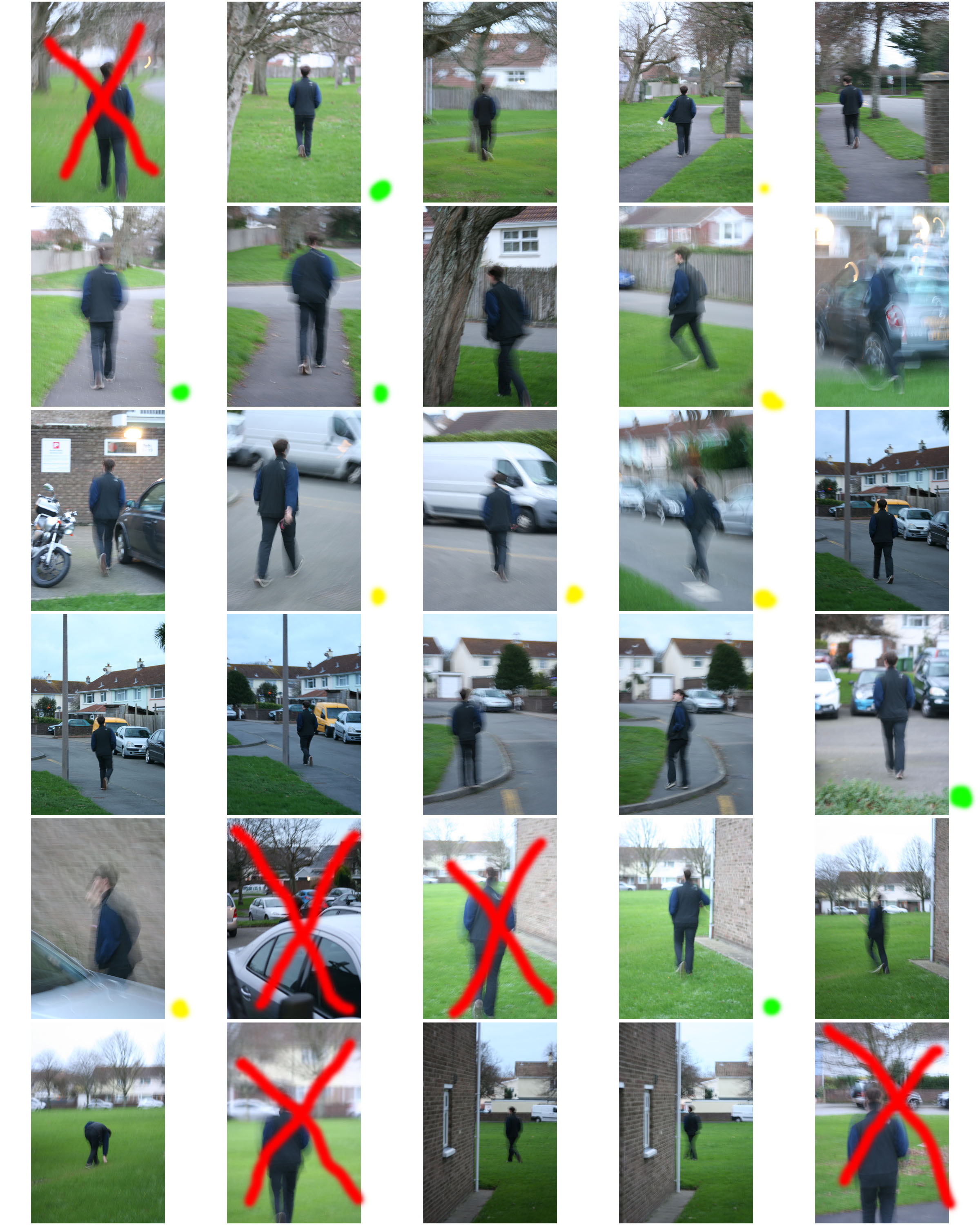



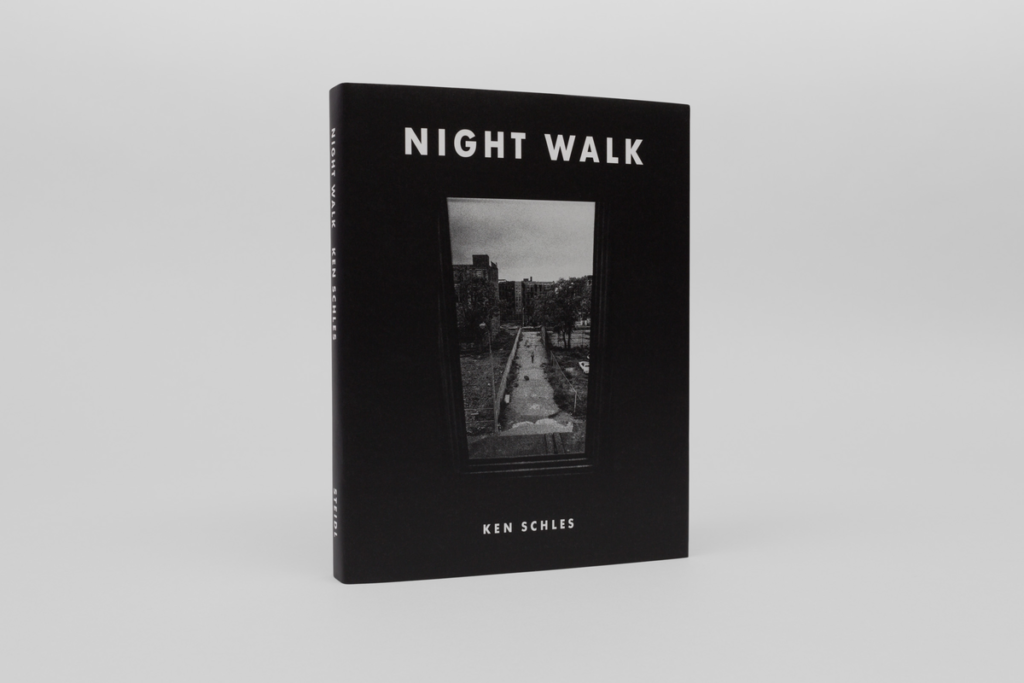
1. Research a photo-book (select one you have looked at previously in your project) and describe what story/ narrative the book is telling – its subject-matter, genre, style, approach etc.
2. Who is the photographer? Why did he/she make it? (intentions/ reasons) Who is it for? (audience) How was it received? (any press, awards, legacy etc.)
Photographer/Author : Ken Schles
”Twenty-five years after his seminal 1988 book, Invisible City, Ken Schles revisits his archive and fashions a narrative of lost youth: a delirious, peripatetic walk in the evening air of an irretrievable Downtown New York as he saw and experienced it. Night Walk is a substantive and intimate chronicle of New York’s last pre-Internet bohemian outpost, a stream-of-consciousness portrayal that peels back layers of petulance and squalor to expose the frisson and striving of a life lived amongst the rubble. Here Schles embodies the flâneur as Susan Sontag defines it, as a “connoisseur of empathy … cruising the urban inferno, the voyeuristic stroller who discovers the city as a landscape of voluptuous extremes.” We see in Night Walk a new and revelatory Ulysses for the twenty-first century: a searching tale of wonder and desire, life and love in the dying hulk of a ruined American city.”
The book was originally published in 2014 however a second edition was published in 2016

3. Deconstruct the narrative, concept and design of the book such as:
The book feels of a high quality, its a fairly thick book with 162 pages, smells like any other book
White ink printed on a matte black paper
Landscape 17.3 x 23.2 cm
The book is hardback and cloth bound with a dust jacket
The book has a black linen cover with an embossed title, covered by a dust jacket with one of the photographs from the book printed on it
The title night walk simply describes the way in which Ken Schles has taken his photographs, as the majority of the images in the book have been taken at night out on streets and public places in Downtown New York
The way in which the book has been designed so that the monochromatic images are printed on black matte paper, this gives all of the images a common aesthetic which gives the book quite a structure despite there being no obvious narrative or pattern throughout
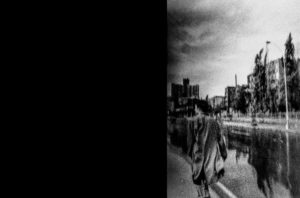
The design and layout of images in this book is considerably random, with some images having borders, some images being full bleed 1 page spreads and some being full 2 page spreads. There doesn’t appear to be a pattern in which this occurs
The sequencing of photographs in the book doesn’t seem to have any sort of part to part narrative/ tell a specific story, I believe that most likely the photos are in sequence of Ken Schles’ route of walking, however I am unable to be sure of this and it definitely may not be the case
The text at the beginning of the book is a short piece of writing from Ken Schles and the book finishes with a relevant quote by T.S. Eliot. Both of these pieces of text are linked to the photographic content of the book and help to give understanding to the purpose of the photographs used.
Thomas Ruff is a German photographer born in 1958 (5 years after Calle), he is an considerably conceptual individual of his craft. In his ‘Nacht’ series which he produced over 4 years from 1992 to 1996, Ruff blatantly explored the subject matter of surveillance, stating himself that these were his intentions of the project. In this series of photographs Ruff used his camera as tool of observation and documentation of night-time scenes of suburban and industrial areas in his home city of Dusseldorf. He produced the images with the aesthetic qualities of a long-lens night-vision CCTV surveillance camera.
Here are some examples of the work which he produced for the ‘Nacht’ series…

The green tinted square format surveillance footage aesthetic is something which i wanted to reproduce as a response to the work of Ruff. Here is what I ended up producing in response…
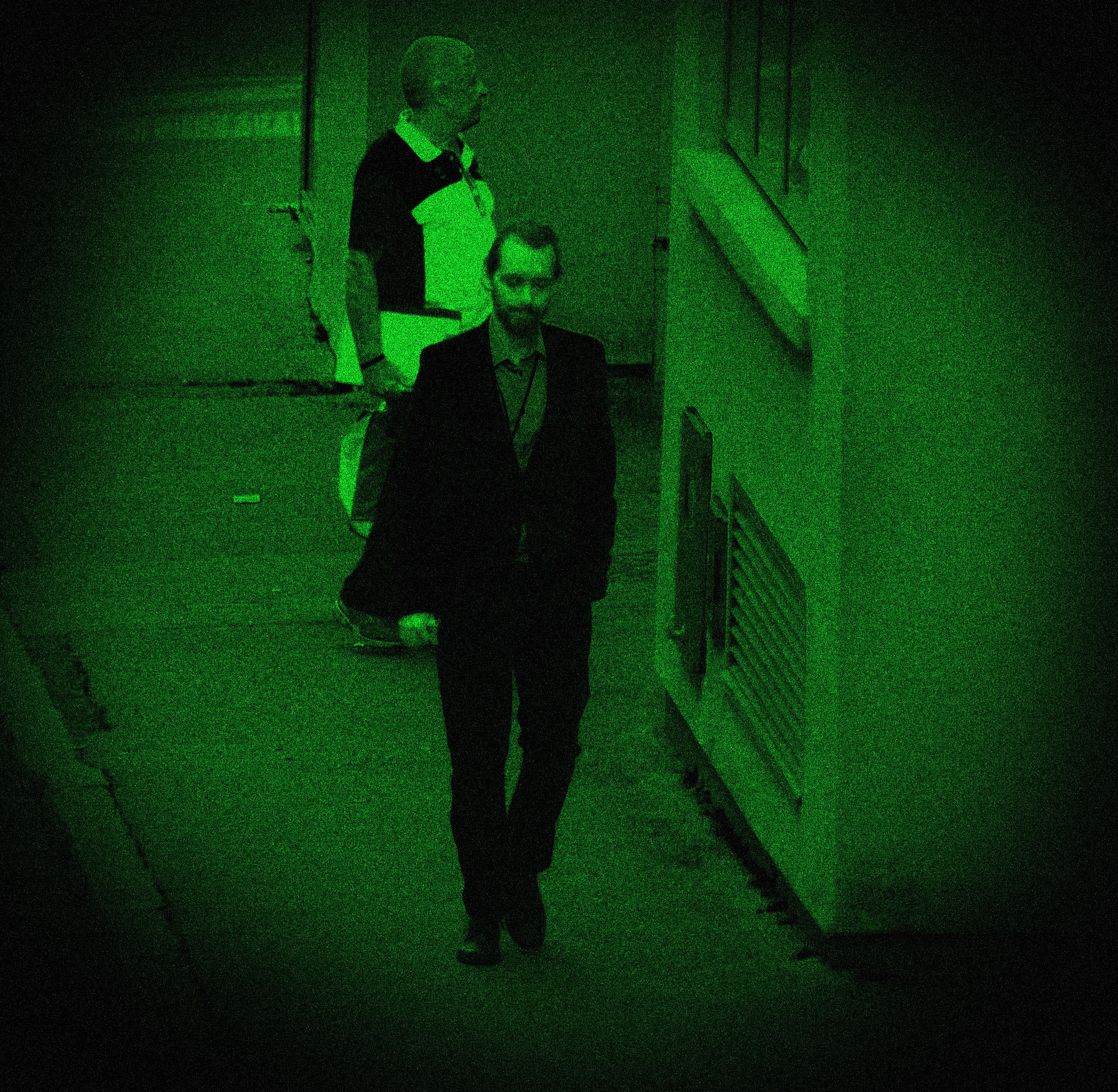
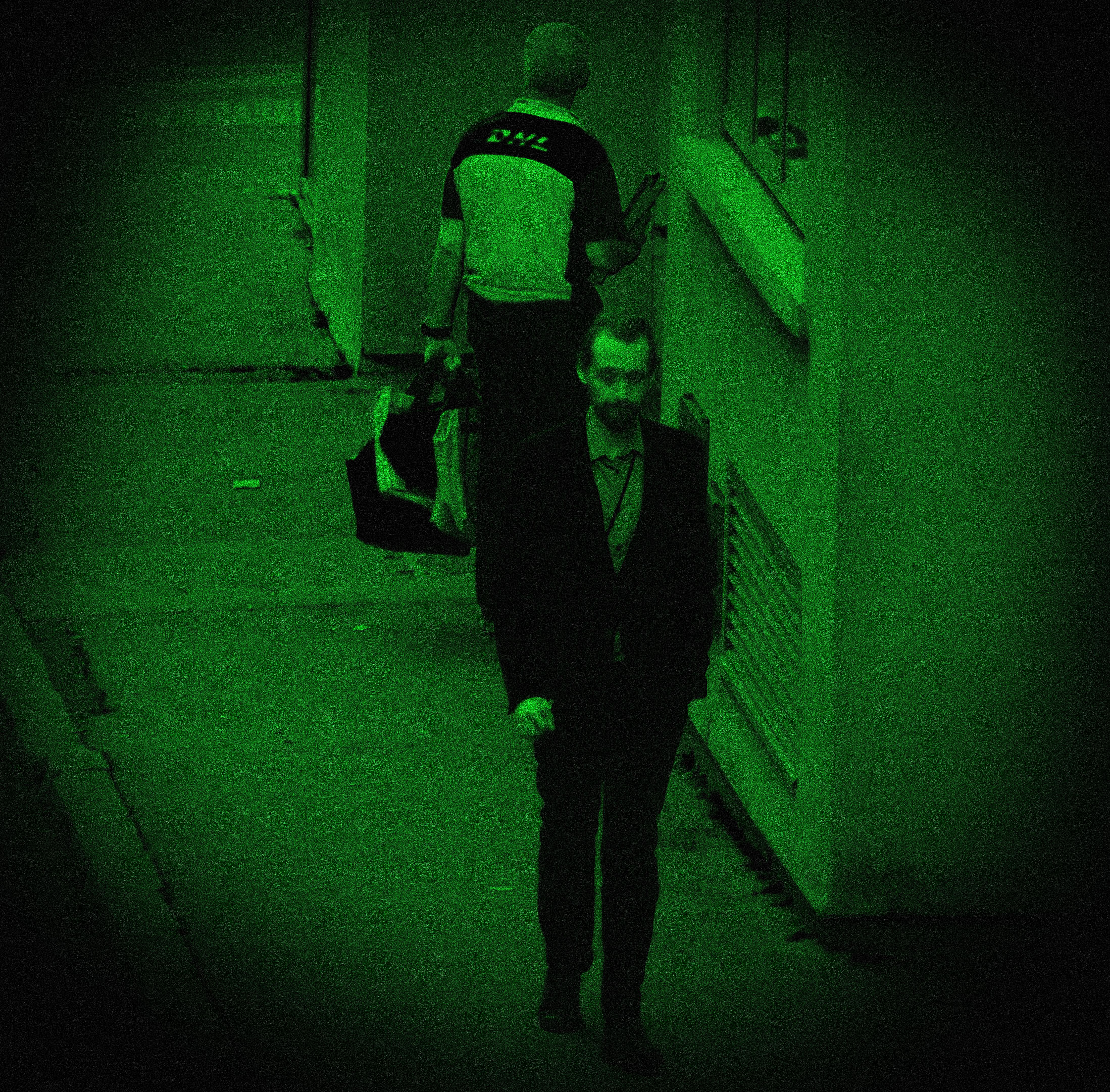
I believe that this reflected the work of Thomas Ruff whilst being more specific to my own project style. Although I was satisfied with these I still wanted to add CCTV camera captions to the images in order to match the visual quality of my other images. Here is what I ended up with…
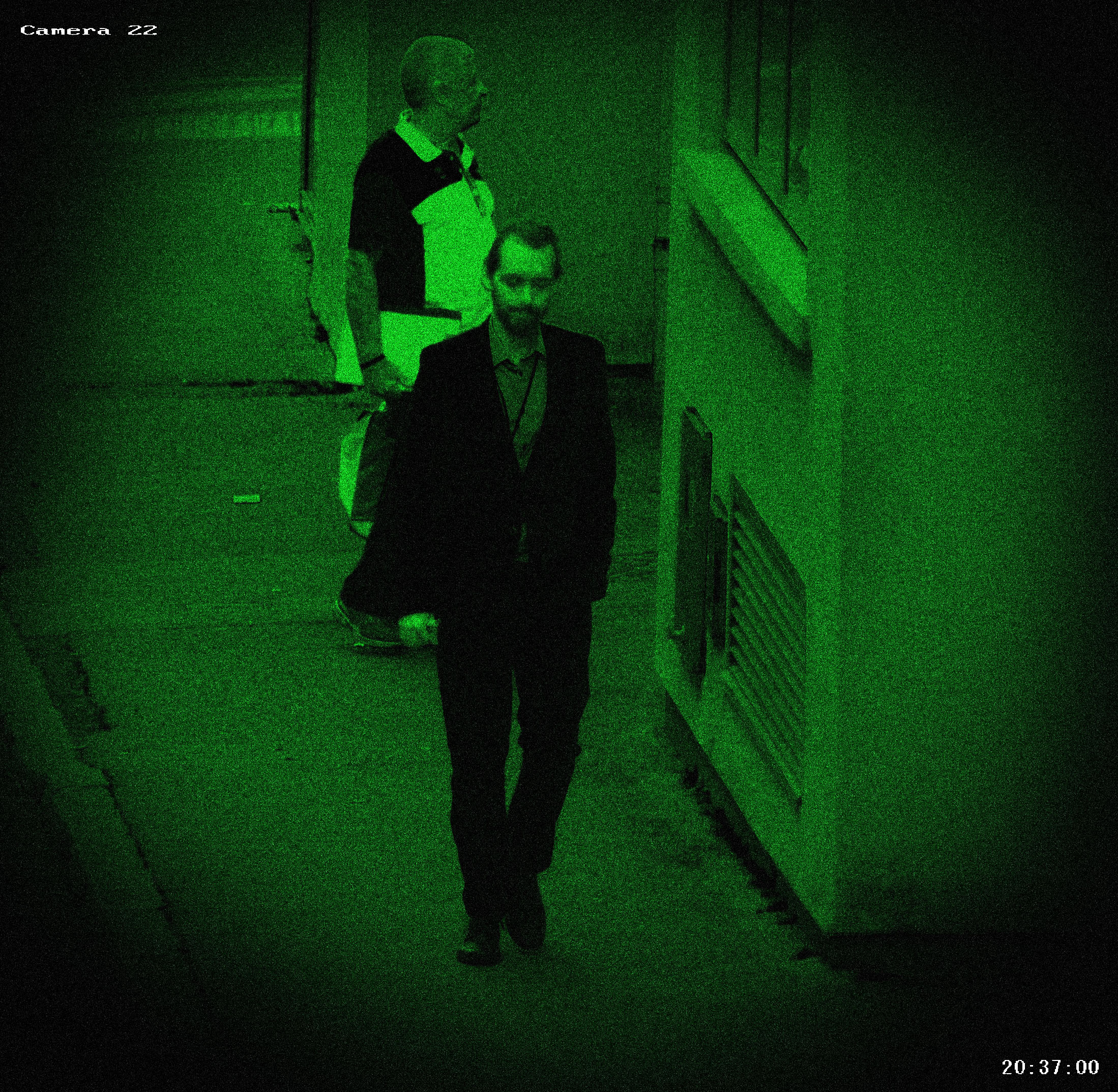
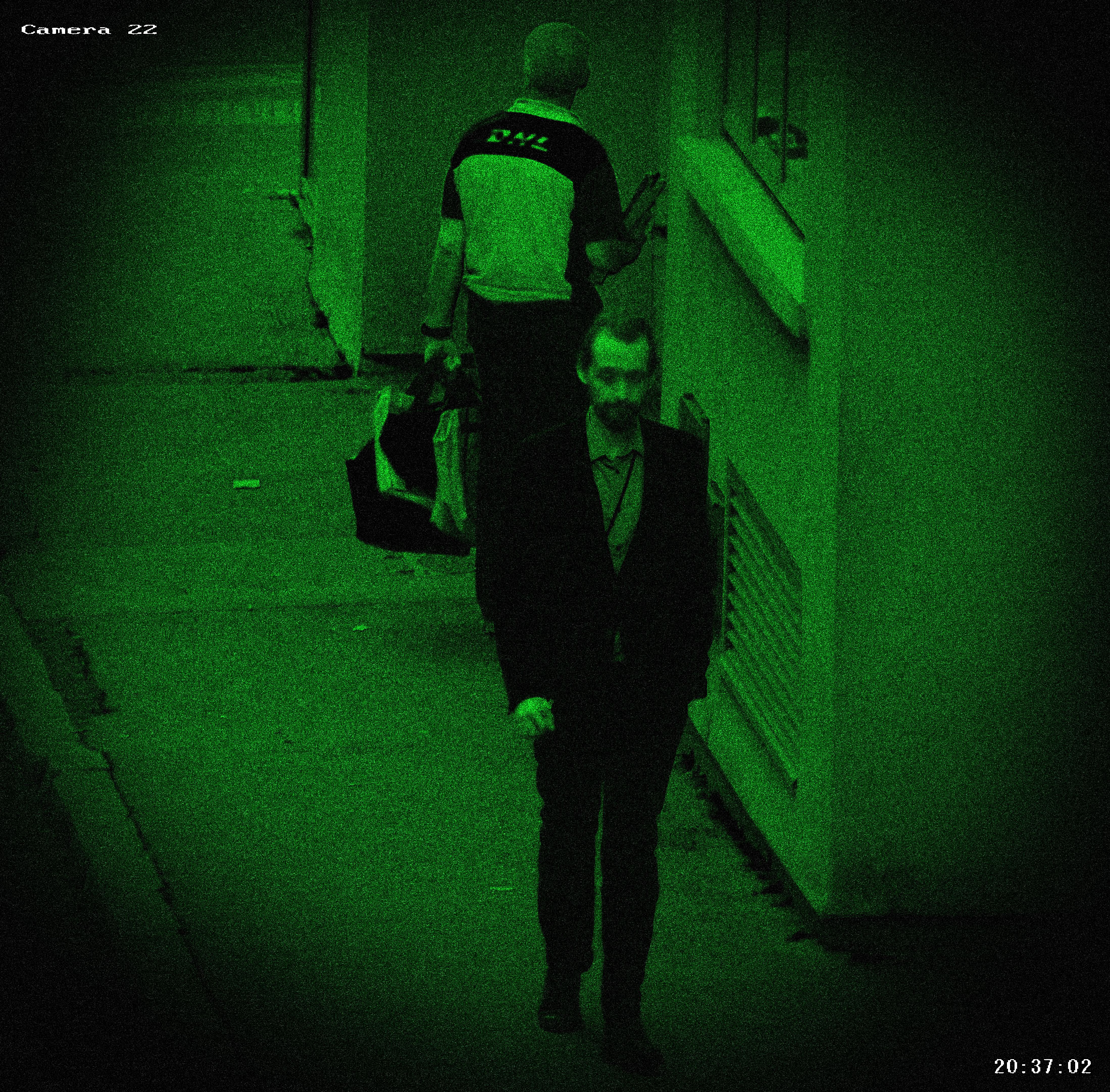
For this ‘political landscape’ project I am focusing on the theme of surveillance, and how surveillance actually effects the general public, in both positive or negative ways. I intend to focus on three subject matters related to this theme.
One being CCTV cameras which are a man-made tool of surveillance used all over the world (245 million professionally installed video surveillance cameras active and operational globally.)




One subject matter being replicated CCTV footage through the use of high angle street portraits manipulated to have the same aesthetic qualities to that of security camera footage.




And my third subject matter being urban / ‘city birds’ perched up high, this subject matter being a physical representation of surveillance in terms of looking/spying, as these perched birds are looking down onto the goings-on of populated areas.



As you can see with each of my descriptions of my 3 subject matters, I have already began to produce images focusing on these three subjects, and so far I personally believe that the work is successful and has a lot of meaning. In terms of the photographers which I have looked at for inspiration (Thomas Ruff, George K Sullivan and Trevor Paglen) , I believe that the work which I have been producing so far reflects inspiration and ideas which i have drawn from their work and used in my own way. Part of the reason as to why I believe that this project is working successfully so far is because it is a topic which I have great interest in and am very curious about. I think that photography is a great way to explore this political topic as surveillance its self is about looking, so with as a lens based media, requiring vision I believe that this is very well suited. As I stated in my original project specification I intended to produce visually unusual and borderline-abstract images in response to surveillance and the ideas surrounding this topic. I want to create images that will make the viewer question the issues and controversies associated with surveillance, which so far seems to be going in the direction of which I initially intended it to.
I have also then gone on to create composite images using multiple photographs of different subjects…

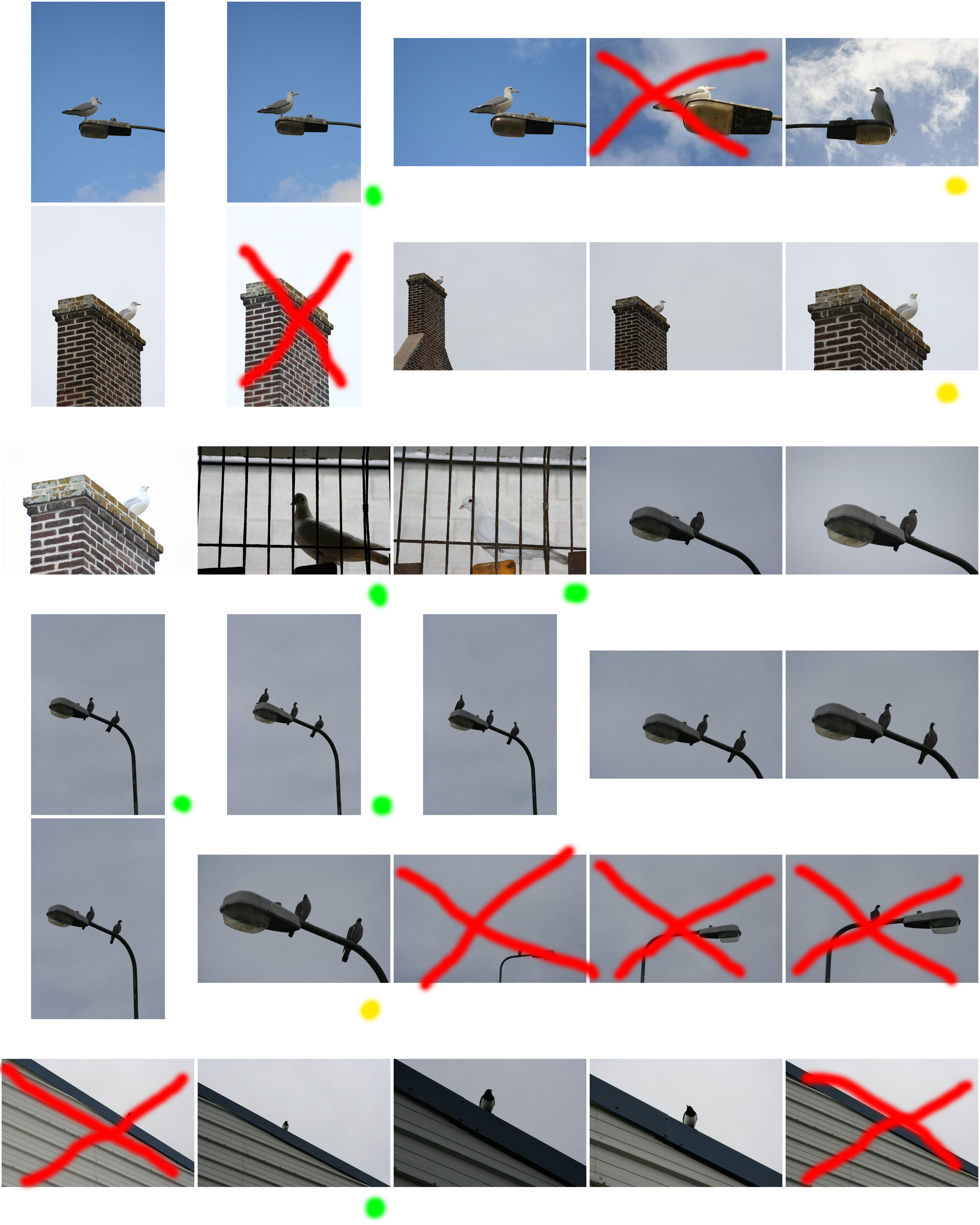

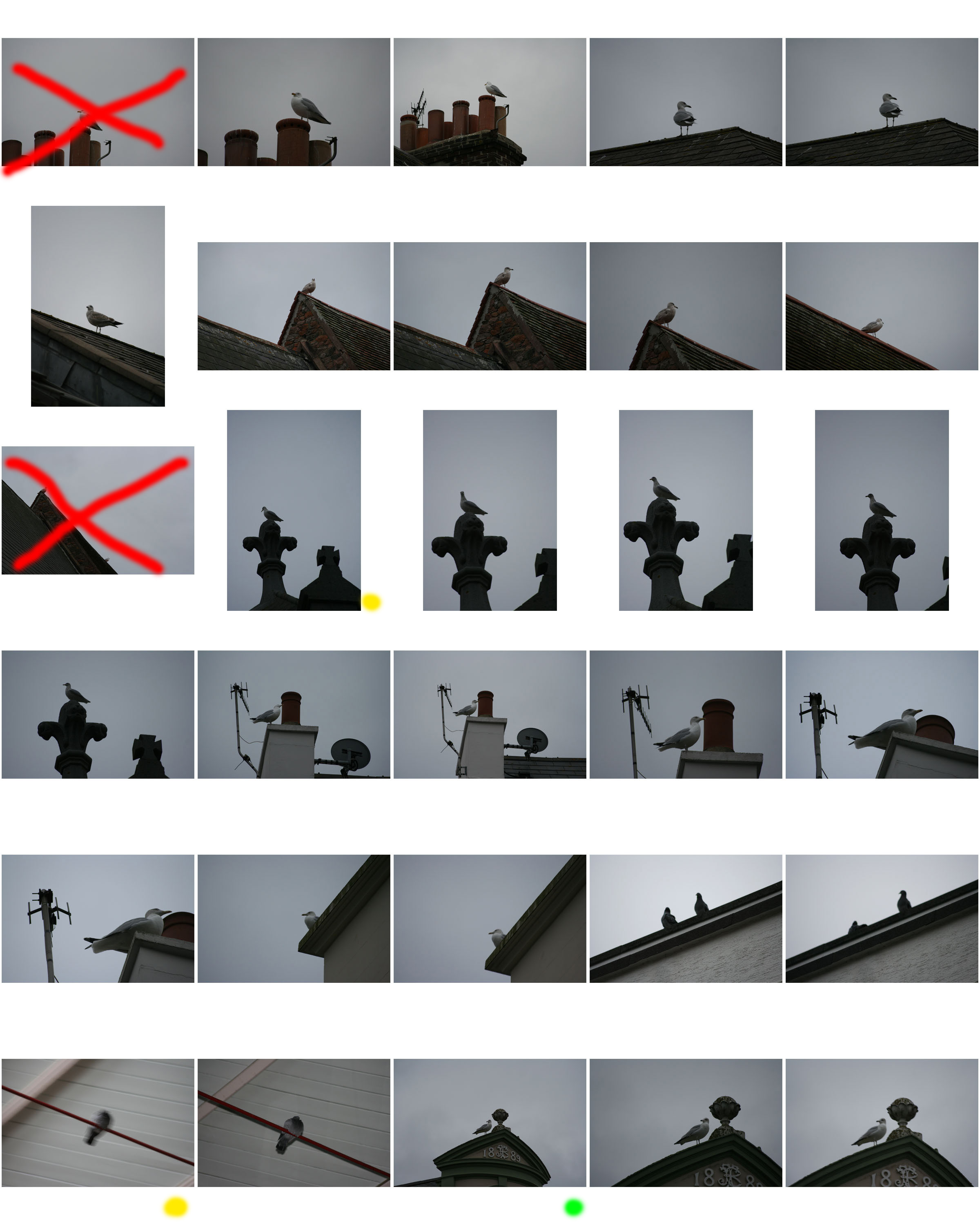

Using some of the images I have produced so far I have experimented with them using blending exposures. I believe that the outcomes of this experimentation have so far been aesthetically successful and give the images an abstract and unusual look, which would lead a viewer to question the strange composure and subjects within each of the images. For these experimentation I have used images from all three subject matters which i have focused on photographing. Using these three subjects together in single images will help to explore the links between these themes within surveillance. I believe that intertwining these subjects using double exposures and blending is a way of visually representing the similarities between different aspects of surveillance and how they work hand in hand, to create forces of mass surveillance.
Here are some examples of the blending experimentations which I have been working on so far…
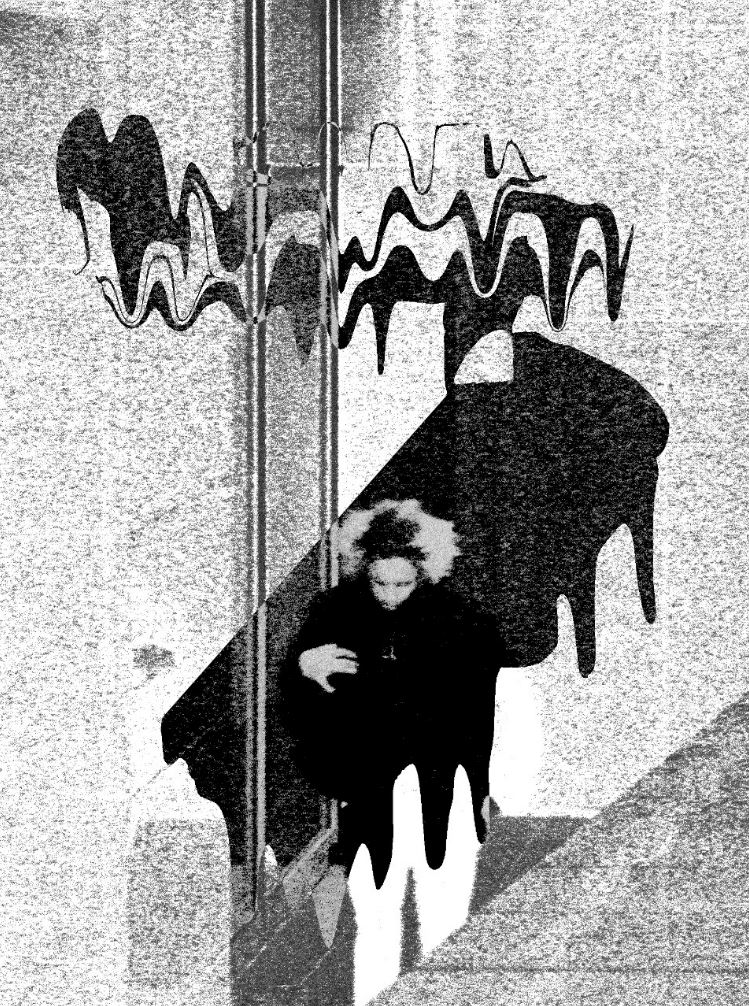

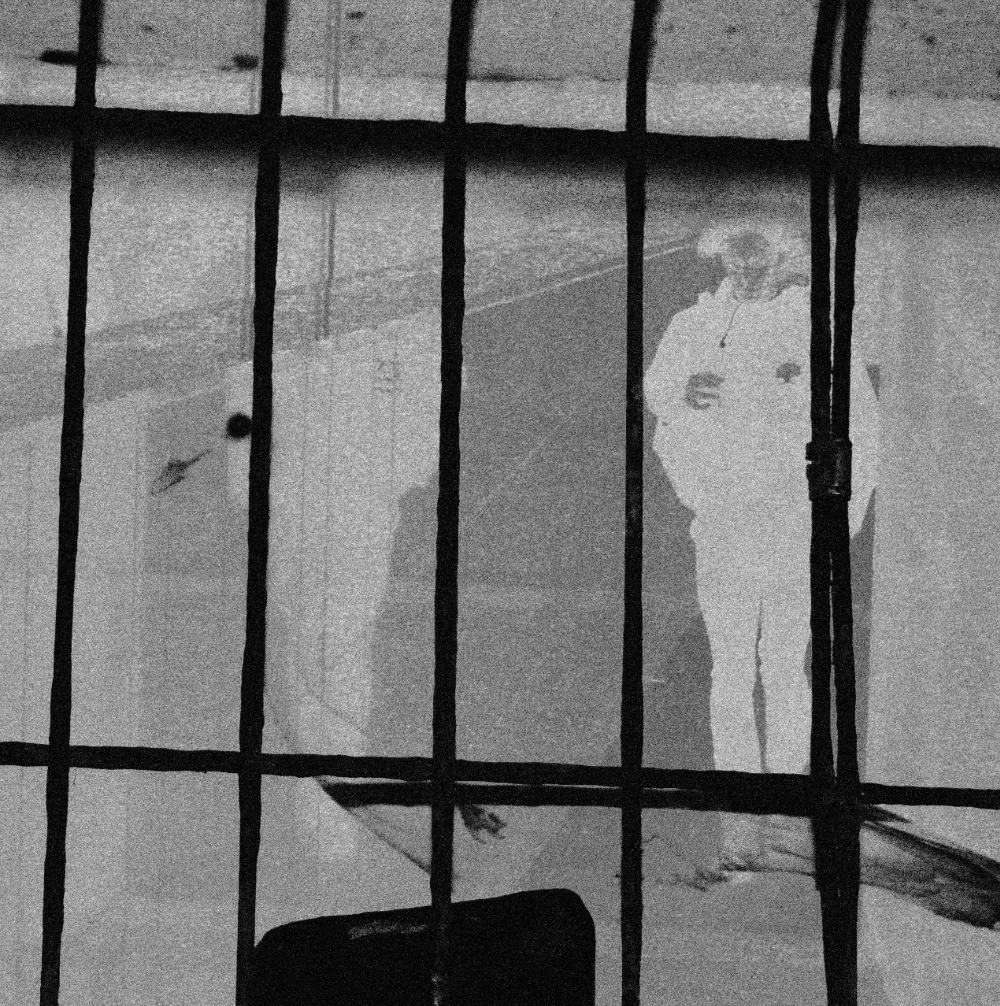
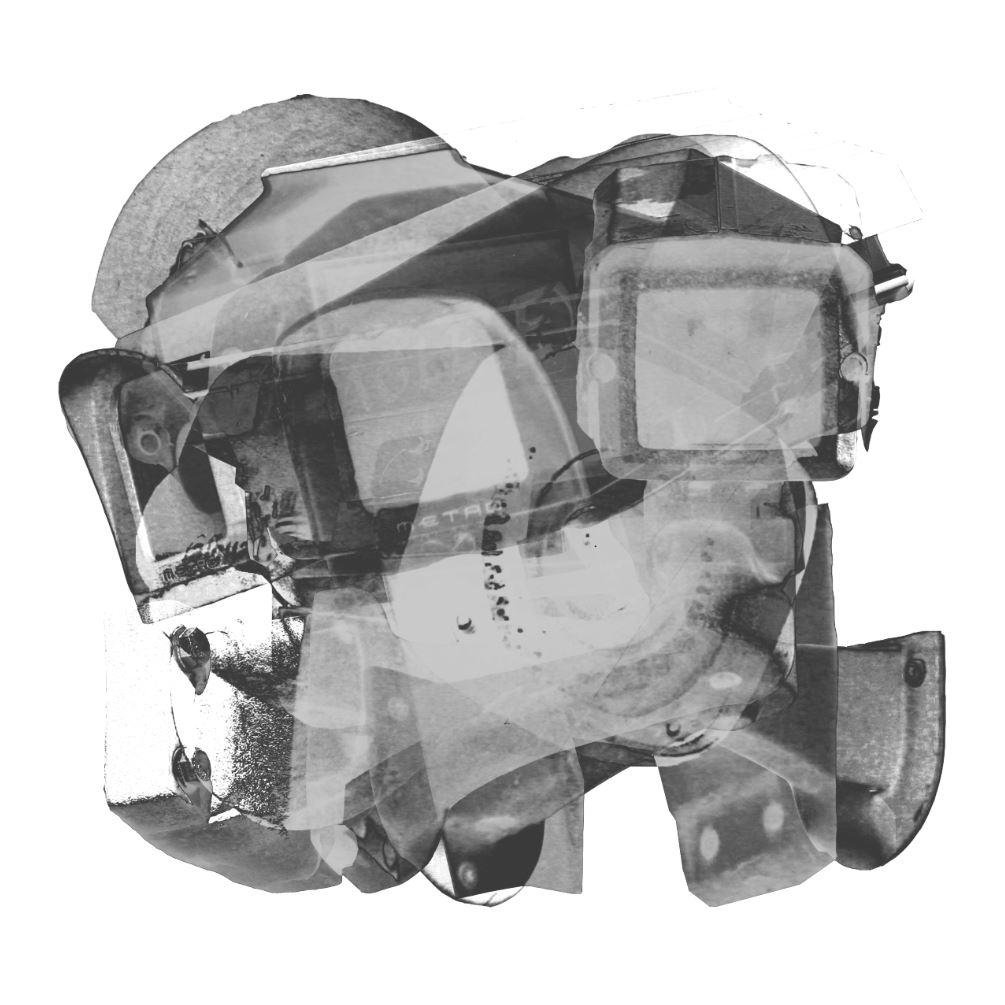
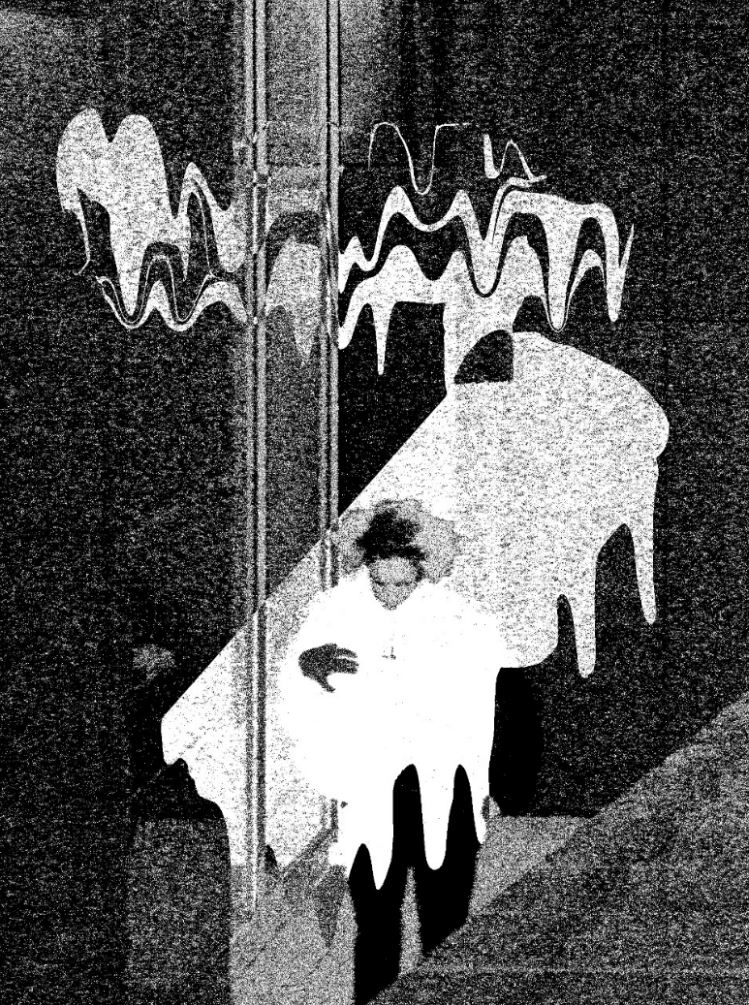
So far from what I have produced using this technique I am satisfied and therefore intend to continue producing work for this project in the same or similar ways.
Book: Night walk – Ken Schles
…Which is the point that… makes when he says ‘Where once the journey was open-ended and uncertain, it now leads to an inevitable end’ (Schles 2014: 6)
Bibliography:
Schles, K. (2014), Night Walk. Germany: Steidl
Internet:
O’hagan, S (28 oct, 2015), *title* London : The Guardian (URL)
Essay question:
How does mass surveillance and the ‘big brother theory’ cause a common paranoia and feeling of insecurity within the general public?
Need to include names of photographers that you will be writing about in essay:
Looking at the work of Thomas Ruff and Sophie Calle: How does mass surveillance and the ‘big brother theory’ cause a common paranoia and feeling of insecurity within the general public?
or simply
In what way have Thomas Ruff and Sophie Calle explored mass surveillance in their work.
Opening Quote:
”The notion that “Big Brother Is Watching” has been around for decades, it is an often-used catchphrase to describe surveillance or privacy infringements. The evolution of the Internet, cellular networks and the growth of high speed connections worldwide has allowed an endless supply of devices to connect to this global network and produce an infinite supply of very specific, personal data.” Robert McMahon – Quoted from ‘surveillance and privacy in the digital age: a primer for public relations’ Page 1
Or?
“If you want to keep a secret, you must also hide it from yourself.” George Orwell, Nineteen Eighty Four, Part 3, Chapter 4, Pg 37
Introduction:
Mass surveillance has become an overruling and unavoidable force of governmental power, which puts the general public in a state of unease and discomfort, sometimes even as far as paranoia. There are many theories and ideas behind the subject of mass surveillance and what exactly it consists of. So what does it directly consist of? The idea of ‘The big brother’ is something that has remained apparent for several years now, becoming very relevant since the publication of the dystopian novel ‘Nineteen Eighty-Four’ by English author, George Orwell, in 1949. In this novel Orwell looked at the way in which he believed in the soon future, the population of the world would become victims of boundless mass surveillance by the governments around the world. It seems that since this publication was made that somewhat, if not completely, this has become the harsh truth which we are faced with in this day and age. Being surrounded by different forms of visual surveillance such as CCTV cameras and cameras on our own personal technology is just one of many ways in which we are watched and kept track of by large corporations and the government. Among various other techniques of surveillance such as audio, data and location surveillance.
Next part you need to introduce Ruff and Calle and provide an overview of how their work as photographer’s are exploring mass surveillance.
Last part should be you providing an overview of your responses and how the work will develop
(maybe use on main essay in conclusion) Some people are not as aware of these circumstances involving surveillance as I believe they should be, however it seems that as time goes on more and more of the public are becoming aware of the problems and consequences of mass surveillance in the modern world. The modern world being a consistently developing place and therefore surveillance just becoming more and more common. This ubiquitous increase in surveillance is something which is slowly causing more and more people to become paranoid and feel like they are being controlled and watched at all times; again a concept which is covered within George Orwell’s Nineteen Eighty-Four novel, that is worryingly becoming more realistic by the day.
Bibliography:
McMahon, Robert. Surveillance and Privacy in the Digital Age: A Primer for Public Relations. Pennsylvania: Arcadia University, 2015. LINK TO SOURCED TEXT
Possible Questions…
How can documentary photography be used to portray public relations in terms of surveillance and spying?
How can citizen paranoia caused by mass surveillance be made apparent through the use of experimental documentary photography?
How do Thomas Ruff and Trevor Paglen use photography to explore issues around mass surveillance?
How does mass surveillance and the ‘big brother theory’ cause a common paranoia and feeling of insecurity within the general public?
How does people’s awareness of mass surveillance cause an impact on their trust of authority?
My previous blog post covered my editing process for the concept of producing replicated/fabricated footage of CCTV or security cameras. This process was something which I worked out by studying existing CCTV footage. This blog post is a display of the footage edits which I have produced so far. I am satisfied with these outcomes and plan to continue creating similar outcomes alongside the two other subjects withing the theme of surveillance which I am focusing on. Here are my outcomes so far…
